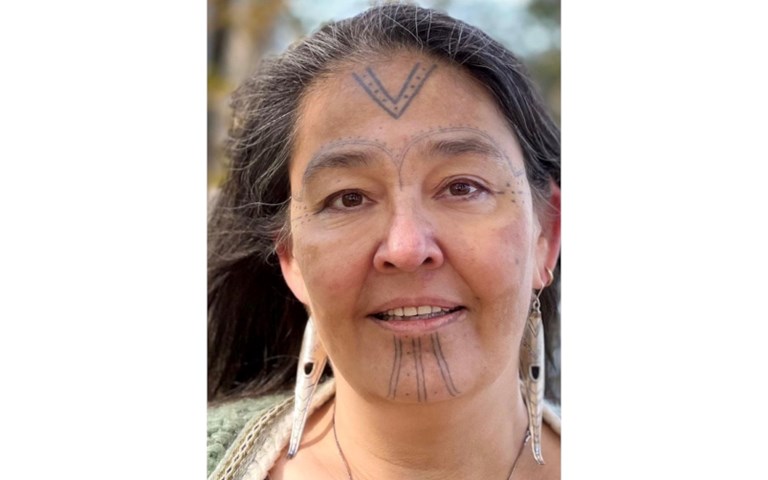MIRAMICHI, N.B. — A controversial plan to use a pesticide to get rid of invasive smallmouth bass in New Brunswick's Miramichi watershed has hit a legal roadblock.

A cease-and-desist order was issued Tuesday by Court of Queen’s Bench Justice Terrence Morrison to the coalition of groups that want to conduct the operation involving a chemical known as rotenone.
The court order names Daniel Houghton, a cottage owner on Miramichi Lake, as one of three plaintiffs, and bars any action on that lake, Lake Brook and a portion of the Southwest Miramichi River until an injunction hearing on Aug. 17.
In an interview Wednesday, Houghton said he and at least eight other cottage owners sought the court injunction on Aug. 2 to block the spraying of the chemical to kill fish in the area.
“Why are we poisoning a 600-acre lake to kill everything in it when there is clearly not that large of a (bass) population — a population that can be easily managed by other methods,” he said.
Houghton said the court order was issued to the Working Group on Smallmouth Bass Eradication in the Miramichi after it emailed cottage owners on Tuesday informing them of their intention to move ahead with the use of the chemical within 24 hours.
The working group wants to destroy smallmouth bass because the fish can alter ecosystems by preying on native species such as Atlantic salmon and brook trout. It put the federally approved operation on hold last September after protesters refused to leave the affected areas.
In a statement issued Wednesday, the group composed of Indigenous and non-governmental organizations such as the North Shore Micmac District Council and the Atlantic Salmon Federation, said it was unaware that an emergency court hearing took place Tuesday and added that it was unable to present any arguments or evidence.
“As a result, the working group was forced to dismiss more than 130 personnel from around the world who were staged in Fredericton, ready to complete our legal conservation project,” the group said. “The working group intends to vigorously oppose the cottage owners' request for the injunction to be extended.”
Houghton said the injunction is about restoring peace of mind to people who enjoy the area and own property there.
“I’m never going to feel confident sending my kids and my dogs out in the water again while in the back of my mind I’m thinking whether there’s something that’s changed here that could create some long-term health effects,” he said.
In their court documents, the cottagers say rotenone would kill all of the fish in the lake and not just smallmouth bass. They contend they wouldn’t be able to swim or fish for at least a year and the rotting of fish killed by the chemical would cause “irreparable harm.” None of the claims have been proven in court.
This report by The Canadian Press was first published Aug. 10, 2022.
— By Keith Doucette in Halifax
The Canadian Press







